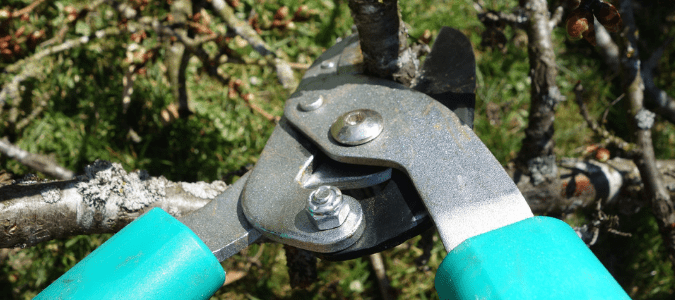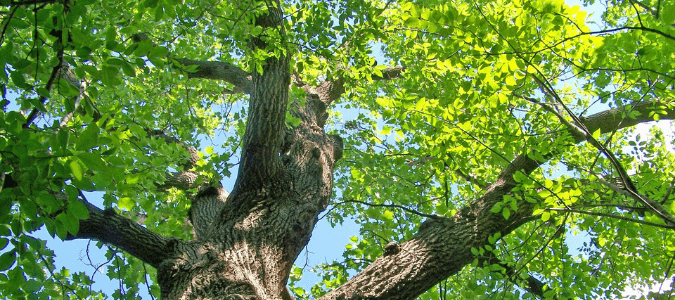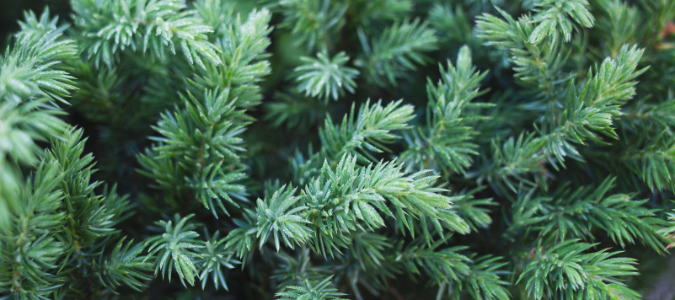Trimming trees adds to the beauty and esthetic value of any property. When it’s done incorrectly though, it can reduce both the appeal and value of the surrounding landscaping and property. In fact, the general rule of thumb is that no trimming is better than bad trimming.
Trimming or pruning, is the process of removing parts of a tree or plant, typically with the goal of improving the plant’s health, beauty or value. Tree trimming is not particularly complicated, but common sense and a handful of basic rules will go a long way. Here are a few things to keep in mind to trim these large trees:
- “Training” the plant to grow in a specific shape or direction
- Improving plant health by focusing nutrition on preferred areas
- Encourage higher-quality growth of fruits or foliage
- Restricting growth to maintain a preferred height or circumference
Basics of Tree Trimming
Trimming, or pruning, achieves its best results when cuts are made in a specific order. These should follow a plan made before starting, to minimize the total number of cuts and trauma to the remaining growth.
The first step usually involves cutting away broken, dead or dying branches or shoots at the point that they connect to a still-healthy section of the tree. Other corrective cuts can reveal weak or crowded branches, or remove double leaders.
Sometimes this pruning is all that’s necessary to help a tree regain its health and continue to grow and flourish.
It’s best to step back from the trimming process every few cuts to see how the tree is looking. Often, you’ll see new areas to focus on, or notice that some spots no longer need the pruning that they first appeared to.
Next, come the training cuts, removing specific lateral branches or shoots. These keep the tree growing in the desired shape, often to maintain an aesthetically pleasing balance with the other trees and plants around it.
Typically, when considering training cuts, less is better than more. Focus on gently modifying shape and growth over time, instead of trying to do it all at once. In other words, it’s a lot easier to remove branches than to put them back on, so a little restraint often pays off in the long run.
If your final goal requires major trimming and wood removal, you may need to wait as much as a year between pruning sessions. This prevents traumatizing the tree and allows it time to heal.
According to most professionals, tree trimming is best done in late winter or early spring, before the new seasonal growth begins. Avoid trimming during the late spring or early summer, as this is the peak growth period.
Trimming during the wrong time of year runs a serious risk of killing off new growth, and stunting the growth over time. This happens more often than it should, usually due to over-eager or less informed pruners. It can be tricky to maintain evergreen trees if you do not know what to look for. That is why it is best to contact a certified arborist to help care for your trees.
The Right Tools
Knowing the correct method to trim a tree is important, but so is having and knowing how to use, the correct tools for each part of the process.
Tree trimming is a fairly simple process and doesn’t require a lot of tools to get the job done right. It’s most important to know the proper use and maintenance required for your tools, and using them as safely as possible.
Pruning Shears
Pruning shears, which look like oversized scissors, can cut branches up to a half-inch thick.
Lopping Shears (Loppers)
Lopping shears, or loppers, are the pruning shear’s big brother. They offer much larger blades set into handles of varying lengths. A high-quality pair of loppers should have no trouble cutting through branches that are 2 inches thick, or even more, depending on the kind of wood. Other tools can include hand saws, pole saws, and chain saws.
How to Trim Evergreen Trees
Evergreens are trees that don’t shed their leaves in the winter. Like most types of trees, they have rules that are specific to their species. It’s a good idea to research the best trimming practices for the exact species you’ll be working with before you make your first cut.
A few kinds of evergreens you can find in Texas include:
- American Holly
- Southern Magnolia
- Texas Mountain-Laurel
- Live Oak
- Wax Myrtle
Evergreen trees generally need less trimming than other trees, but there are helpful hints to remember.
Your first focus should be on trimming and removing any dead or dying branches. Disease in one branch can quickly spread to other parts of the tree and invite pests.
Removing dead or sick branches allows fresh growth from the surrounding branches to fill in any gaps.
Often, you’ll want to remove the new growing shoots, or candles. This process is called candling. Remove the fast-growing candles, by cutting them back about halfway. This helps your tree maintain the desired shape, and can make your tree denser with fewer gaps and bald spots.
Most trees, including evergreens, respond best to trimming using “The Rule of Thirds.”
The rule of thirds states that you should never cut back more than one-third of live growth per season, which reduces stress on the plant and encourages faster recovery.
What Not to Do When Trimming Evergreens
For the best long-term results, do not trim evergreens once their needles have fully opened. Doing so can cause uneven growth and a misshapen tree.
Avoid “topping” your trees, which is the process of lopping off the highest growth of the main trunk, or center stem. Cutting this center stem will stop the upward growth of the plant, resulting in a squat, misshapen adult. Instead of trying to tackle this project on your own, you can contact an experienced professional for all your tree care needs.
How to Make Homemade Fertilizer for Evergreen Trees
Evergreens are not completely self-sustaining. This is especially true for evergreens in a residential setting that lacks the nutrients and soil in a forest.
Evergreens that spend their lives in urban or suburban areas need a little more TLC to help them survive and thrive. Even then, evergreens have specific nutritional requirements that are different from other species. And it’s important not to use too much fertilizer.
Nutritional needs vary based on location and soil composition, and they need a specific combination of nutrients. These include potassium, phosphorus and nitrogen. Too much of these nutrients, however, can lead to uneven, widely-spaced branches.
If you choose to fertilize your evergreens yourself, it’s best to do so in the spring, before the onset of new growth.
You can use eggshells as a DIY fertilizer. Save emptied shells and grind them into powder before mixing them into the soil around the base of the tree. Or you can combine a few dozen eggshells in water and boil them for 8 to 10 hours. Then, strain out the shells and pour the remaining liquid into a pump sprayer.
None of these DIY methods really tell you if your evergreens are actually getting the nutrition they need. For this, you need a professional arborist.
A professional can help determine the needs of your trees, and recommend the type of fertilization and application. They can also suggest ongoing care tips that will provide long-term results.
ABC Can Keep Your Trees Healthy
There can be a lot involved with taking care of trees. For healthy, happy trees, contact ABC Home & Commercial Services. Our certified arborists will ensure that your trees grow strong and beautiful. Our tree services include trimming, fertilization and tree air excavation.



